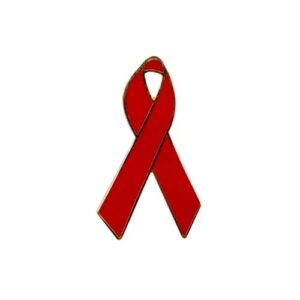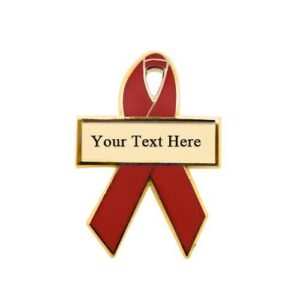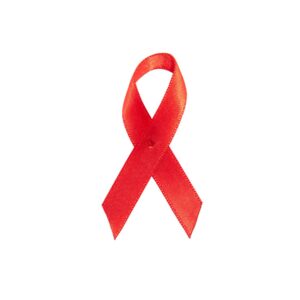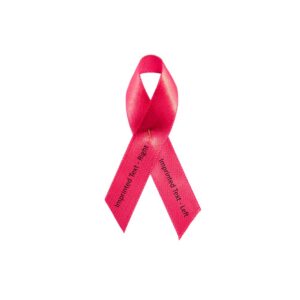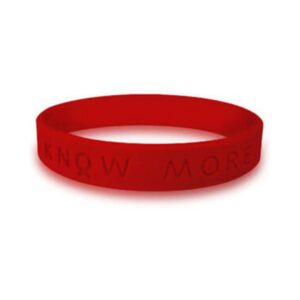National Youth HIV/AIDS Awareness Day
April 10 is National Youth HIV/AIDS Awareness Day. The purpose of this day is to raise awareness about the impact of HIV on young people. Together, we can help young people stay healthy by encouraging HIV testing, prevention, and treatment.
Get tested to know your HIV status. Knowing your status gives you powerful information to keep you and your partner healthy. For example, CDC recommends that everyone between the ages of 13 and 64 get tested for HIV at least once as part of routine health care, and more often if you do things that might increase your risk for getting HIV. People with certain risk factors should get tested more often.
Wear a red pin, red fabric ribbon or red wristband for HIV awareness.
Even if both you and your partner are having sex only with each other, you should both find out your HIV status.
You should get tested at least once a year if:
- You’re a man who has had sex with another man.
- You’ve had anal or vaginal sex with someone who has HIV.
- You’ve had more than one sex partner since your last HIV test.
- You’ve shared needles, syringes, or other drug injection equipment (for example, cookers).
- You’ve exchanged sex for drugs or money.
- You’ve been diagnosed with or treated for another sexually transmitted disease.
- You’ve been diagnosed with or treated for hepatitis or tuberculosis (TB).
- You’ve had sex with someone who has done anything listed above or with someone whose sexual history you don’t know.
Before having sex for the first time with a new partner, talk about your sexual and drug-use history, disclose your HIV status, and consider getting tested for HIV together.
Types of Testing on National Youth HIV/AIDS Awareness Day
There are three types of HIV tests: antibody tests, antigen/antibody tests, and nucleic acid tests (NAT). Antibodies are produced by the immune system when you’re exposed to viruses like HIV. Antigens are foreign substances that cause your immune system to activate. If you have HIV, an antigen called p24 is produced even before antibodies develop.
HIV tests are typically performed on blood or oral fluid. They may also be performed on urine.
Antibody Test
An antibody test looks for antibodies to HIV in your blood or oral fluid.
- Most rapid tests and the only HIV self-test approved by the U.S. Food and Drug Administration (FDA) are antibody tests.
- In general, antibody tests that use blood from a vein can detect HIV sooner than tests done with blood from a finger stick or with oral fluid.
Antigen/Antibody Test
An antigen/antibody test looks for both HIV antibodies and antigens.
- Antigen/antibody tests are recommended for testing done in labs and are common in the United States. This lab test involves drawing blood from a vein.
- There is also a rapid antigen/antibody test available that is done with blood from a finger stick.
Nucleic Acid Test (NAT)
A NAT looks for the actual virus in the blood.
- With a NAT, the health care provider will draw blood from your vein and send the sample to a lab for testing.
- This test can tell if a person has HIV or how much virus is present in the blood (HIV viral load test).
- A NAT can detect HIV sooner than other types of tests.
- This test should be considered for people who have had a recent exposure or a possible exposure and have early symptoms of HIV and who have tested negative with an antibody or antigen/antibody test.
Talk to your health care provider about what type of HIV test is right for you.
What Does a Negative Test Mean? Learn More on National Youth HIV/AIDS Awareness Day
A negative result doesn’t necessarily mean that you don’t have HIV. That’s because of the window period — the time between HIV exposure and when a test can detect HIV in your body.
- If you get an HIV test after a potential HIV exposure and the result is negative, get tested again after the window period for the test you took.
- If you test again after the window period, have no possible HIV exposure during that time, and the result is negative, you do not have HIV.
If you’re sexually active or use needles to inject drugs, continue to take actions to prevent HIV, like taking medicines to prevent HIV.
If you have certain risk factors, you should continue getting tested at least once a year.
What Does a Positive Test Mean? Learn More on National Youth HIV/AIDS Awareness Day
If you use any type of antibody test and have a positive result, you will need a follow-up test to confirm your results.
- If you test in a community program or take an HIV self-test and it’s positive, go to a health care provider for follow-up testing.
- If you test in a health care setting or a lab and it’s positive, the lab will conduct the follow-up testing, usually on the same blood sample as the first test.
If the follow-up test is also positive, it means you have HIV.
